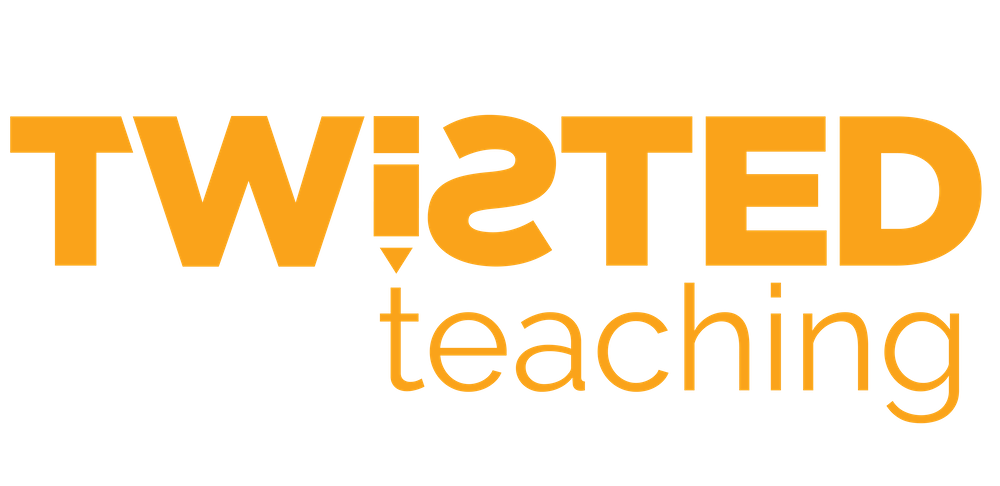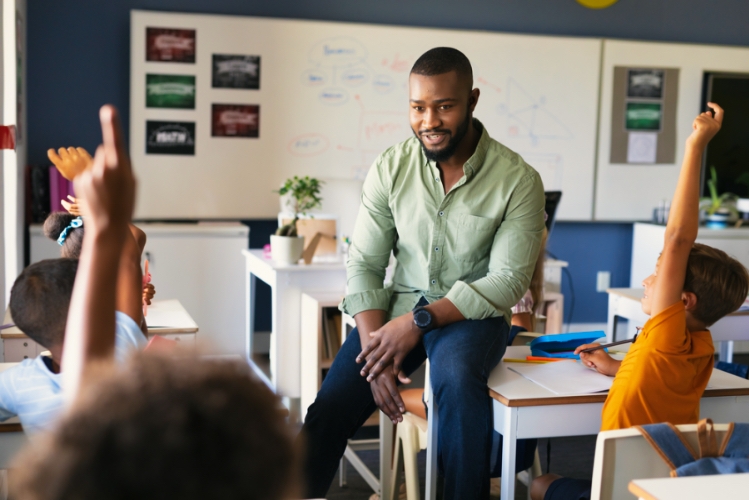After a long winter break, teachers everywhere are preparing to welcome their students back into the classroom if they haven’t returned yet. But re-engaging with the educational process can be difficult for many, particularly after a tumultuous and traumatic year like 2022. It’s now more important than ever that educators prioritize radical healing in their students as they move forward.
Radical healing is a type of restorative practice that helps individuals restore themselves mentally and emotionally. This can help individuals overcome trauma, learn to trust again, and move forward with strength and confidence. In order to promote this in the classroom, educators can take several steps:
First and foremost, it’s essential to create an environment of mutual understanding and acceptance. This means creating a safe place where students feel comfortable expressing their true selves without fear of judgment or ridicule. Teachers should also center the experiences of marginalized groups wherever possible—for example, by introducing topics that feature representation of multiple cultures, backgrounds and abilities.
Educators should also facilitate conversations about difficult topics such as racial injustice or mental health issues so that students have an opportunity to process their feelings in a safe space. This openness gives them the opportunity to open up about how they’re feeling and express any anxieties or hesitations they may be experiencing as well as begin rebuilding trust in their teachers and peers.
Teaching with radical healing and understanding is a continuous journey that requires dedication from both teachers and students alike. By fostering an environment of inclusion and respect, both parties can engage in meaningful conversations and actively participate in the learning process. With this approach, everyone can grow together, allowing everyone to reach their highest potentials.
Finally, workshops or group activities exploring creative expression can be beneficial for both students and educators alike—allowing them to take time outside of the academic curriculum to build relationships through shared experiences such as writing, art making or mindfulness exercises. These activities can provide comfort while helping guide students towards personal growth opportunities that come from self-reflection.
Here are five action steps teachers can use in their classrooms or schools to promote radical healing:
1. Encouraging students to think critically and explore different perspectives without feeling silenced or unnoticed.
2. Incorporating self-care activities into lesson plans, such as meditation exercises or journaling prompts.
3. Creating meaningful connections with students by building trust through individualized communication and feedback.
4. Offering alternative assessment options which prioritize participation over testing scores alone.
5. Promoting an inclusive atmosphere in the classroom by honoring diverse identities and encouraging respect for all members of the learning community.
Educating our young people requires more than just academics; it requires radical healing for all those involved! Educators must be willing to foster an atmosphere of mutual respect among all members of the classroom community in order for everyone to engage at the same level without stigma or reservations from either side. By providing supportive learning environments which prioritize trust building over testing scores alone will go a long way in helping our students unleash their full potential!


